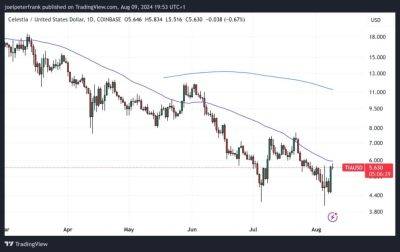Bitcoin Usability Relies on Layer-2 Networks
Increased Bitcoin (BTC) network traffic has led to slower processing times and higher transaction fees .
As a result, Bitcoin layer-2 (L2) development has surged . Bitcoin L2 solutions try to improve Bitcoin’s scalability, reduce transaction costs, and add virtual machine programmability to the network.
For instance, the Bitcoin L2 Lightning Network was developed to process BTC transfers faster than on the Layer-1 network. Layer-2 solutions have also led to the rise of decentralized finance (DeFi) on the Bitcoin network .
According to a recent report from crypto exchange Bybit, there are more than 74 Bitcoin L2 solutions, most of which have come to fruition in the past two quarters. The report also points out that Bitcoin L2s consist of sidechains, rollups, and state channels.
Rena Shah, COO of Trust Machines – a community of dedicated Bitcoin builders – told Cryptonews that Bitcoin usability has grown to rely on Layer-2 infrastructure.
“For Bitcoin Builders, this felt obvious, but we’re finally seeing it play out in real-time,” Shah said. “Most transactions can settle faster and cheaper on the L2, while the Bitcoin L1 focuses on high-value settlements.”
Shah added that an enormous amount of potential can be unlocked for Bitcoin through L2 solutions.
“Bitcoin as a decentralized base layer for apps is finally becoming a reality,” she said.
Daniel Fogg, CEO of Rootstock – a longstanding Bitcoin sidechain – told Cryptonews that Rootstock had seen record-breaking transactions within the last three months.
“According to block explorer data, there have been over 13 million transactions, to date, on the Rootstock network, with over 670,000 transactions in the last 3 months alone,” Fogg said.
Fogg also shared that
Read more on cryptonews.com



















